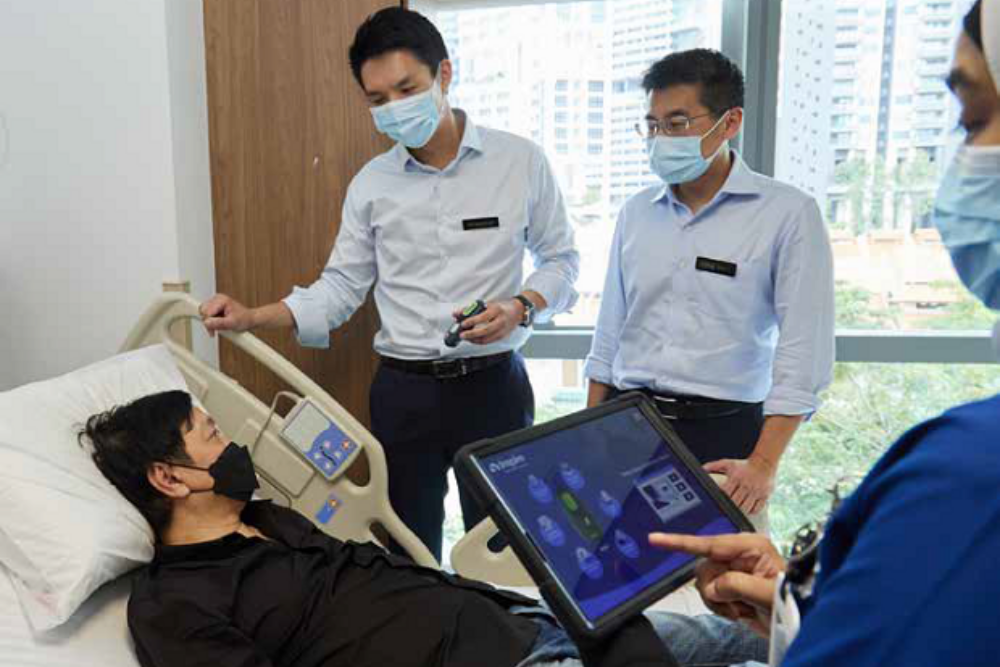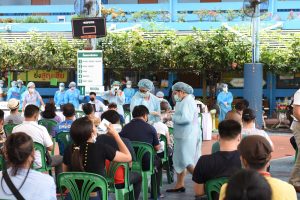Singapore has embraced a groundbreaking solution for obstructive sleep apnoea (OSA) – an implantable pulse generator.
This innovative device promises to transform the lives of those suffering from this sleep disorder.
Traditional Treatments vs Modern Innovation
OSA, a condition often affecting older or overweight individuals, leads to interrupted breathing during sleep. The standard treatment, a continuous positive airway pressure (CPAP) device, though effective, is cumbersome and uncomfortable for many. However, Singapore now offers a novel alternative: Hypoglossal nerve stimulation (HGNS) therapy.
Dr Shaun Loh, from Singapore General Hospital’s Department of Otorhinolaryngology–Head & Neck Surgery, highlights the uniqueness of HGNS. “It directly tackles the weakened throat muscles, a key cause of OSA, making it a minimally invasive yet highly effective treatment.”
How Does the HGNS Work?
This treatment involves implanting a small device, about the size of three 50-cent coins, below the collarbone. The device, connected to a pressure sensor and a stimulator, works in harmony with the patient’s breathing. When activated using a remote control, it stimulates the tongue nerve, preventing airway blockage during sleep.
Since its introduction in May 2022, over 20 patients in Singapore have benefited from this treatment. This follows its success in the US and Europe, where it has been available since 2014.
Long-Term Efficacy and Global Impact
The effectiveness of HGNS therapy is well-documented, with over 150 studies and a report in the New England Journal of Medicine affirming its sustained efficacy over five years.
The Gravity of OSA
OSA is more than a sleep disruptor. It is linked to severe health issues like heart disease, stroke, obesity, and dementia. Globally, 6-17% of adults suffer from moderate to severe OSA, with one in three Singaporeans affected. This disorder predominantly impacts men and those with particular physical traits like a large neck or receding chin.
Lifestyle changes, including weight loss and improved sleep hygiene, are beneficial. Yet, for many, these alone are insufficient. HGNS therapy, therefore, stands as a significant advancement, offering a practical and long-term solution for those battling OSA.
A Brighter Future for OSA Sufferers
As Singapore continues to adopt this novel treatment, the future looks promising for individuals grappling with obstructive sleep apnoea. With technology like HGNS, patients can look forward to better sleep quality and overall health, marking a significant step forward in OSA management.













